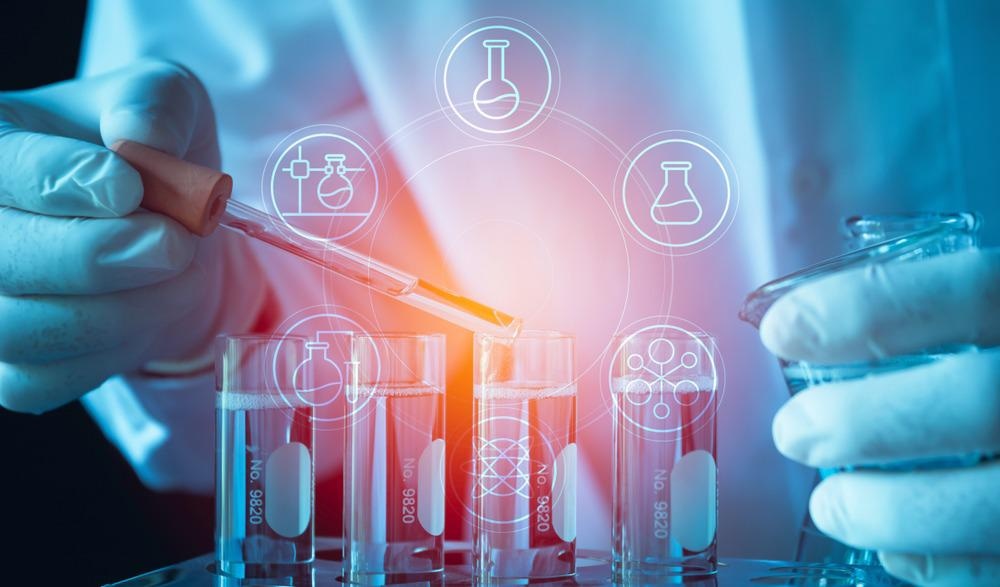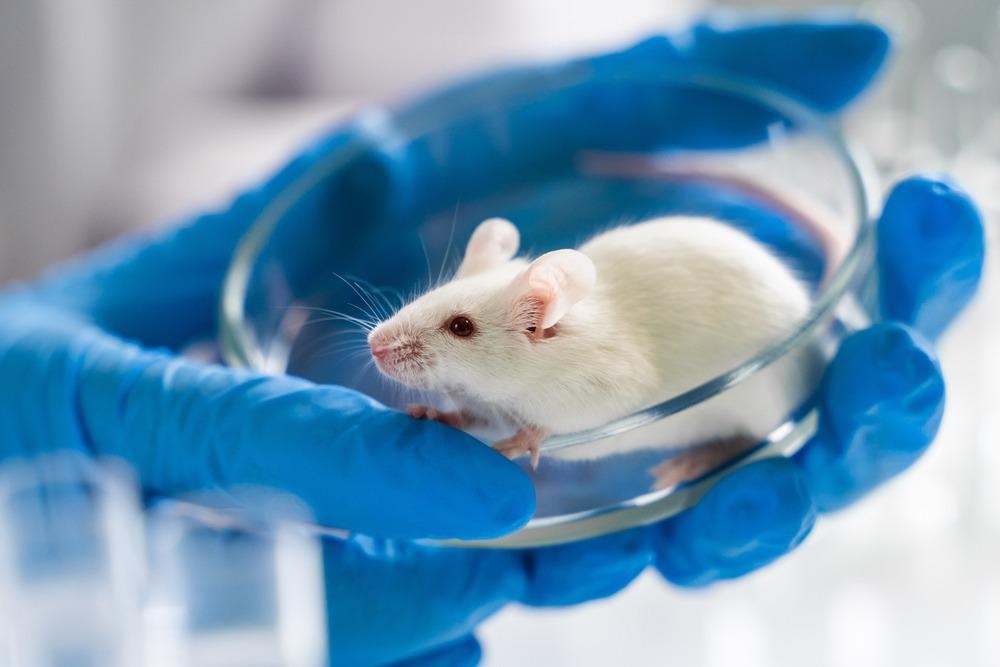Developing a successful FDA-approved drug requires an investment time of 10-15 years and costs over $2.6 billion. Despite this investment, financially and time-wise, 90% of developed drugs are unsuccessful. This failure rate increases to almost certainty for drugs that target complex conditions that are poorly understood.

Image Credit: Krisana Antharith/Shutterstock.com
These high failure rates are not just a financial burden on pharmaceutical companies but it affects the taxpayers as governments want to support the pharmaceutical sector. The high failure rates also discourage innovation resulting in pharmaceutical companies investing in drugs that are derivatives of existing drugs with minor changes that can then be patented. Therefore, it is vital to understand the reasons for the high failure rate to ensure a future where real innovative drugs are prioritized and valued. This article focuses on why drug development has such a high failure rate.
Research that analyzed clinical trials from 2010 to 2017 identified the main areas that resulted in the failures during the drug development process. The research identified that the lack of clinical efficacy of the drug is the biggest reason, accounting for 40-50% of failures. Toxicities are another main area that accounts for 30% and poor drug-like properties of the formulation accounted for 10-15% of the failures.
Clinical trials are the most expensive and time-consuming part of the drug discovery process. Still, they also reflect the work done pre-clinically and how effective they were in identifying a safe and effective target and developing a formulation that functions.

 What Factors Affect the Efficiency of Drug Approval?
What Factors Affect the Efficiency of Drug Approval?
Target Identification and Validation:
The initial step in drug discovery is identifying the target and, therefore, their function in a disease that needs to be addressed. This presents many areas that can lead to failure. Choosing the target in a disease to treat is challenging as the physiology of all diseases, and their mechanisms are not fully understood, especially for many complex diseases such as cancer or Alzheimer's. The target chosen is based on the limited evidence available via literature and theories, which is not always reliable as there is widespread contamination of scientific literature. This is due to false claims and discoveries that can mislead the selection of the target and is, therefore, a source of why drugs developed later are declared not to have a clinical effect - the drug was not targeting the true source of the disease.
The lack of knowledge surrounding disease mechanisms is partly due to the inadequate collaboration and communication between industries and academia. Industries often work competitively with no coordination or sharing of information even though many work on similar targets, resulting in a waste of resources and time. When a clinical trial or research lead fails, the data is discarded and not shared as a source of information. Academia is the source of novel research but usually lacks funding and access to reagents that could be vital for target identification.
Once a target is identified, a chemical drug must be synthesized that interacts with the target protein or gene to inhibit the disease mechanism. This is done via a drug screening process through virtual computation screening or High Throughput screening of chemicals' libraries to identify a drug that will interact or bind with the target. This is a time-limiting step as only a few targets are selected at a time, and compounds are studied, which means that all possible targets and potentially successful targets cannot be studied. Although there have been great efforts in developing efficient screening processes using robotics, it is still a field that requires improvement to identify and validate targets accurately.
Animal Models
Much of pre-clinical research is based on isolated systems (such as cells and tissues) and animal models, leading to inaccuracies and errors in the developed drugs. Isolated systems will never accurately represent the complexity of the human body, and experience has proven that animal models are poor predictors of human efficacy as animals fail to replicate the disease accurately. This can become increasingly difficult in complex diseases as an animal model cannot be accurately replicated when the mechanism of the disease is unknown.
Animal models are not only used for efficacy testing but also toxicology testing, and the inherent differences in human and animal physiology mean that not all toxicities of a drug are identified at the pre-clinical stage. To tackle these issues, there has been research in modeling the human body systems using stem cell technology and organoids; this could potentially test the toxicity of a drug and identify toxic drugs from reaching human trials.
Failures teach us important lessons, and they will always be a vital part of all innovative science and research. However, the cost of failure rates so high has detrimental effects financially, and it may also be stifling the creative and innovative research that is deemed too risky in already risky business. Therefore, it is essential that the drug development process is scrutinized and the points of weakness are identified and addressed.

Image Credit: Egoreichenkov Evgenii/Shutterstock.com
Sources:
- Forum on Neuroscience and Nervous System Disorders; Board on Health Sciences Policy; Institute of Medicine. Improving and Accelerating Therapeutic Development for Nervous System Disorders: Workshop Summary. Washington (DC): National Academies Press (US); 2014 Feb 6. 2, Drug Development Challenges. Available from: https://www.ncbi.nlm.nih.gov/books/NBK195047/
- Hingorani, A. D. (2019, December 11). Improving the odds of drug development success through human genomics: modelling study. Nature. https://www.nature.com/articles/s41598-019-54849-w?error=cookies_not_supported&code=34593378-180c-4904-b63b-8d61f6600acb#citeas
- Rowe, S. (2020, April 21). Modern Drug Discovery: Why is the drug development pipeline full of expensive failures? Science in the News. https://sitn.hms.harvard.edu/flash/2020/modern-drug-discovery-why-is-the-drug-development-pipeline-full-of-expensive-failures/
- Why 90% of clinical drug development fails and how to improve it? (2022, February 11). ScienceDirect. https://www.sciencedirect.com/science/article/pii/S2211383522000521#bib12
Last Updated: Jun 30, 2022